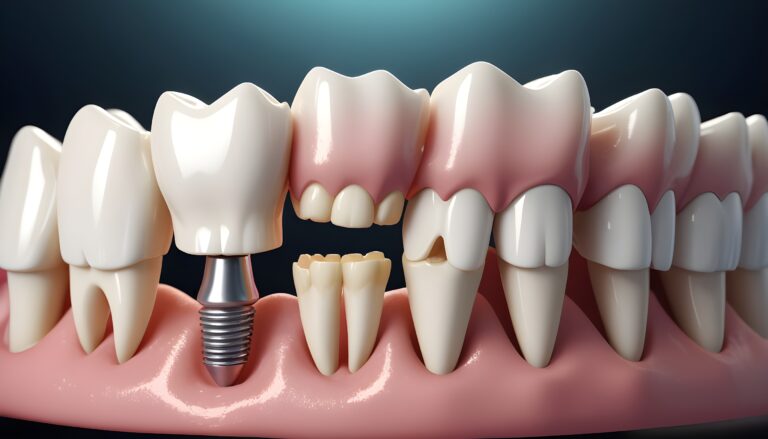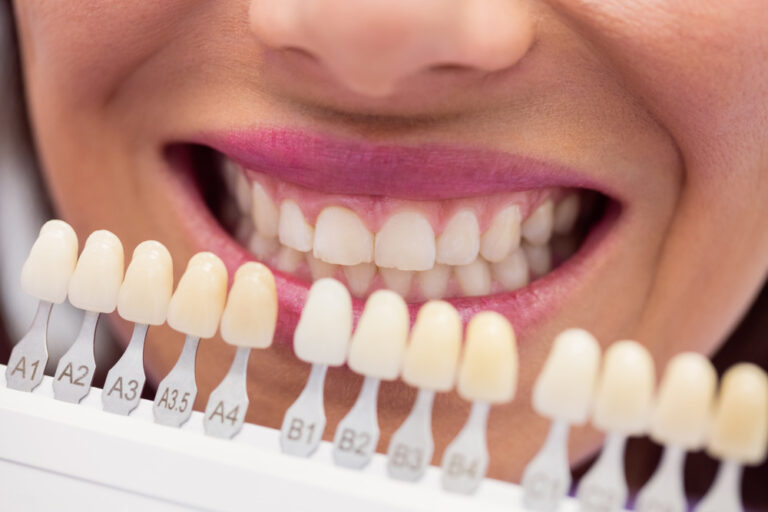A confident smile is an invaluable asset, and for those considering dental bridges in London, understanding the cost is a vital step in the decision-making process. The expense associated with dental bridge procedures can vary based on several factors, including the type of bridge, the materials used, and the dental clinic’s location. In this blog, we’ll look into the factors that determine how much a dental bridge costs in London and explore the options available, providing you with the knowledge needed to make an informed decision.
1. Types of Dental Bridges:
Dental bridges come in various types, each with its own set of considerations and associated costs. The three main types are traditional bridges, cantilever bridges, and Maryland bridges.
- Traditional Bridges: These are the most common type and consist of pontics (artificial teeth) held in place by dental crowns on either side. Traditional bridges are effective for replacing one or more missing teeth but require the preparation of adjacent healthy teeth.
- Cantilever Bridges: Suited for cases where only one adjacent tooth is available for support, cantilever bridges are anchored on one side. While they offer a solution for specific situations, they may not be suitable for replacing multiple missing teeth.
- Maryland Bridges: Also known as resin-bonded bridges, these bridges use a metal or porcelain framework to support the pontic. Unlike traditional bridges, Maryland bridges don’t require the alteration of adjacent teeth, making them a more conservative option.
Understanding the differences between these bridge types is crucial when evaluating the overall cost of the procedure. Your dentist will help determine the most suitable option based on your specific needs.
2. Materials Used:
The materials used in crafting dental bridges significantly impact their cost. Common materials include:
- Porcelain: Known for its natural appearance, porcelain is often used for the fabrication of dental crowns and politics. It mimics the translucency and color of natural teeth, providing an aesthetically pleasing result.
- Metal: Metal alloys, such as gold or silver, are known for their durability and strength. While less common in visible areas due to their metallic appearance, they may be used for bridges in less visible areas of the mouth.
- Porcelain-Fused-to-Metal (PFM): Combining the strength of metal with the aesthetics of porcelain, PFM bridges offer a balance between durability and natural appearance.
Each material has its advantages, and the choice depends on factors such as the location of the bridge, budget considerations, and personal preferences. Your dentist will discuss these options with you, ensuring that the chosen material aligns with your expectations and requirements.
3. Location of the Dental Clinic:
The geographic location of the dental clinic also plays a role in determining the cost of dental bridges. Dental fees in London may differ from those in other parts of the country due to variations in living costs, rent, and operational expenses.
It’s essential to consider the location when comparing costs, but also weigh it against the reputation and expertise of the dental clinic. Choosing a reputable clinic with experienced professionals may offer greater value in the long run, ensuring a high-quality and lasting dental bridge.
4. Additional Costs:
In addition to the core expenses associated with the dental bridge itself, there may be additional costs to consider. These can include:
- Diagnostic Tests: X-rays, scans, and other diagnostic tests may be required to assess your oral health and plan the dental bridge procedure accurately.
- Preparatory Procedures: In some cases, preparatory procedures such as tooth extraction or gum treatments may be necessary before placing the dental bridge.
- Follow-Up Appointments: Post-procedure check-ups and adjustments may incur additional fees. It’s crucial to understand the post-operative care included in the initial cost and any potential future expenses.
Understanding the Cost:
To get a clear understanding of the cost of dental bridges in London, it’s recommended to schedule consultations with multiple dental clinics. During these consultations, inquire about the following:
- Detailed Treatment Plan: Request a comprehensive treatment plan outlining the recommended bridge type, materials, and associated costs.
- Payment Options: Discuss payment options and whether the clinic accepts dental insurance. Some clinics may offer financing plans to ease the financial burden.
- Warranty and Guarantees: Inquire about warranties or guarantees on the dental bridge, providing you with peace of mind regarding the durability and longevity of the restoration.
Conclusion:
When considering the cost of dental bridges in London, it’s crucial to view the investment as a long-term enhancement to your oral health and overall well-being. Choosing the right type of bridge, materials, and a reputable dental clinic ensures that you receive a high-quality restoration that not only looks natural but also functions effectively.
To answer the common question, “How much does a dental bridge cost,” it’s important to recognize that the price varies based on individual circumstances. By actively participating in the decision-making process, understanding the factors influencing the cost, and collaborating with your dentist, you can make informed choices that align with your budget and oral health goals. Remember, investing in your smile is an investment in your confidence and overall quality of life.





